VET APPROVED

The information is current and up-to-date in accordance with the latest veterinarian research.
Learn more »Click to Skip Ahead
Ragdolls are among the coolest and most lovable, social, and laidback cats around. They are also among the most sought-after cat breeds due to their extraordinary personalities. They are true to their name too: When you pick them up, they go limp, and their soft fur makes for a cozy bundle to snuggle up with on a cold winter’s day.
Since the Ragdoll’s fur is so soft and cuddly, you may wonder if they are hypoallergenic. Unfortunately, Ragdoll cats are not hypoallergenic. While they don’t shed as much as many other cats, if you’re looking for a hypoallergenic breed, the Ragdoll cat is not for you. In fact there’s no such thing as a hypoallergenic cat breed.

What Makes Ragdoll Cats Non-hypoallergenic?
Ragdolls have minimal undercoat, so they might not shed as much as other breeds, but this doesn’t mean they are hypoallergenic. Allergies are triggered by certain proteins called allergens that are present in a cat’s saliva, skin, and urine. These allergens cling to hair and dander, spreading wherever your cat lies—such as your bed, furniture, and carpet.
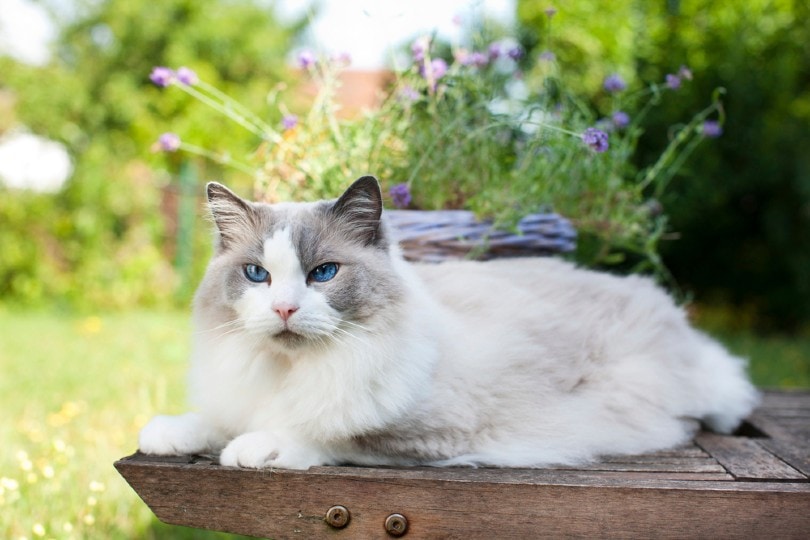
Do Hypoallergenic Cats Exist?
There’s no such thing as a hypoallergenic cat. Certain breeds have a reputation for being on the low allergy list and may be considered hypoallergenic, but this is false. Even Sphynx cats, which are hairless cats trigger allergies in susceptible individuals.
Do Ragdoll Cats Have Less Dander?
No, they don’t. Ragdolls are no different from other breeds when it comes to producing dander. Ragdolls produce and shed allergens, which cause reactions in allergy sufferers.

FAQ
How Can I Keep Shedding Down?
Keeping a regular grooming schedule for your Ragdoll can be helpful in keeping shedding down to a minimum. Ragdolls should be groomed at least twice a week. They don’t shed too much but do shed more during the spring and fall.
While their fur is soft, it’s also thick, so using the right kind of brush is important. Good pin and bristle brushes work well for Ragdolls due to their long, thick fur. You can also try bathing your Ragdoll once a week if they will let you. If you acclimate your Ragdoll to bathing early on, the better the experience will be for both of you.
Although no pet is completely hypoallergenic, regular bathing can help reduce the amount of dander and other allergens in their fur and the air. We highly recommend Hepper's Oatmeal Pet Shampoo for this job! At PangoVet, we've admired Hepper for many years, and decided to take a controlling ownership interest so that we could benefit from the outstanding designs of this cool cat company!
How Will I Know If I’m Allergic to Ragdoll Cats?
Before you consider bringing home a Ragdoll, it’s wise to be around the specific cat beforehand. Try holding the cat, and then check for any allergy symptoms. Common ones are runny nose, sneezing, coughing or wheezing, itchy eyes, or redness of the skin from contact with the cat. If you develop any of these symptoms, you may want to reconsider adding a Ragdoll to your family.
How Can I Treat My Cat Allergies?
Let’s say you already own a Ragdoll and have gotten so attached that giving them up is absolutely out of the question, even if your allergies say otherwise. Now what?
First, speak to your doctor to understand the severity of your allergies and your treatment options. The following steps may also help.
Start by spaying or neutering your cat if you haven’t done so yet. Handle your cat minimally and always wash your hands afterward. Try using a vacuum with a HEPA filter. These types of vacuums trap any pet allergens in the air. HEPA air filters are also good to have in any room your cat hangs out. If you have carpet, consider replacing it with hard flooring. Regular dusting can also help reduce allergens. You can also limit the areas where your Ragdoll is allowed; the bedroom is wise to keep off-limits. Wash the bedding, clothing, and any washable items including your cat’s bed at the highest temperature to remove more allergens.


Final Thoughts
As much as we wish they were, Ragdolls are not hypoallergenic. Having a minimal undercoat might help in keeping shedding down. If you are an allergy sufferer, make sure to speak to your doctor before committing to live with a Ragdoll.
You may also be interested in:
Featured Image Credit: Tatyana Vyc, Shutterstock
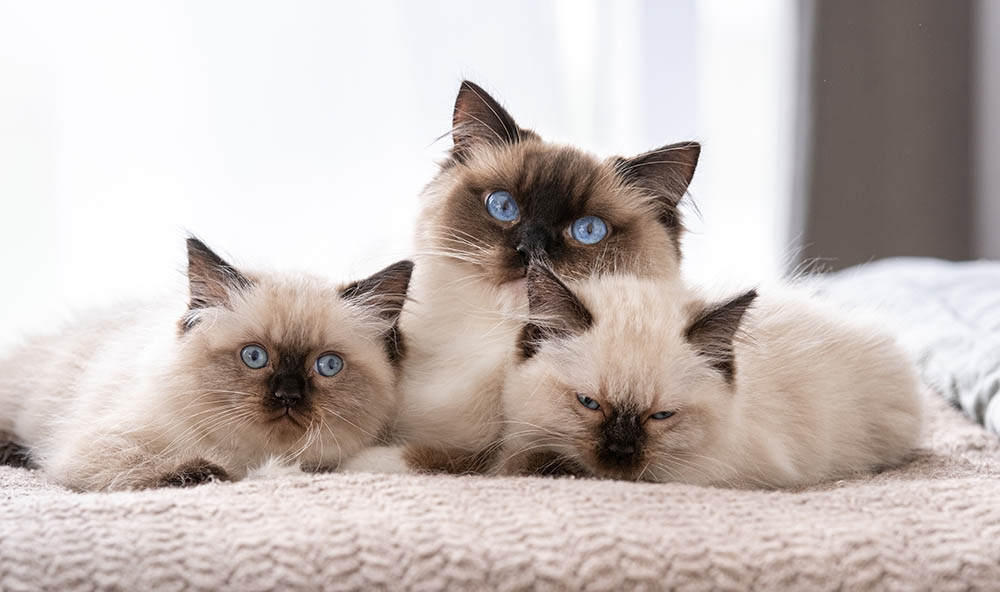






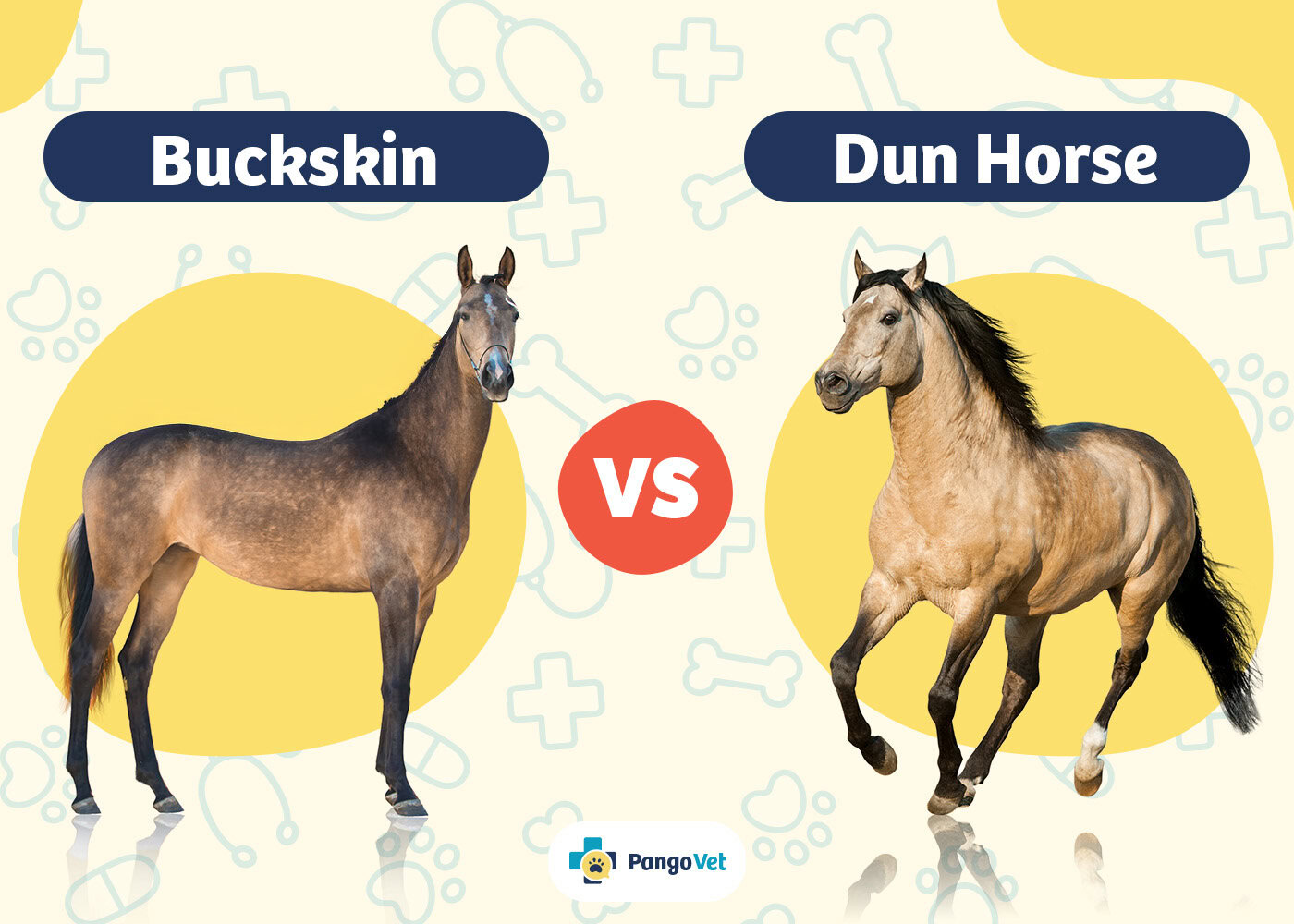
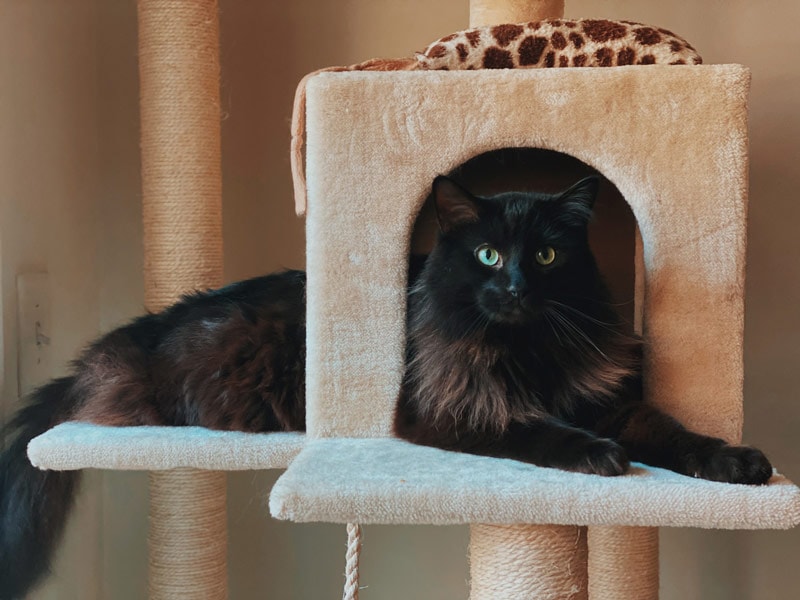
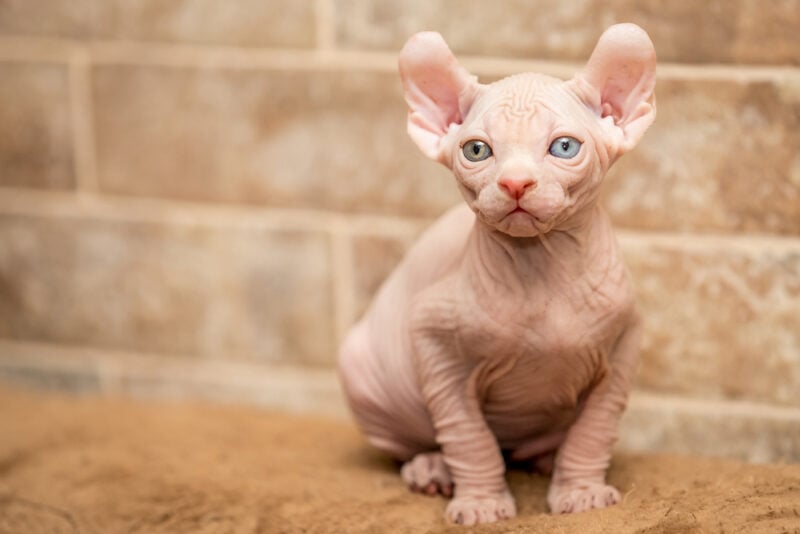



3 Responses
This article does a great job clarifying that Ragdolls aren’t truly hypoallergenic, despite common misconceptions. Many people assume that shedding is the main factor in cat allergies, but as you pointed out, the real culprit is Fel d 1—a protein found in saliva, skin, and urine. Even low-shedding breeds like Ragdolls still produce allergens, which can become airborne and settle on surfaces.
One aspect that often surprises allergy-sensitive cat lovers is that individual cats can produce different levels of Fel d 1. Some studies suggest that genetics play a role, meaning even within the same breed, reactions can vary. Managing allergies isn’t just about the breed—it’s also about environmental control. Regular grooming, air purifiers, and even dietary adjustments can help reduce allergen exposure.
For those considering a Ragdoll despite allergies, spending time with one before adopting is key. Understanding the facts upfront can make all the difference in setting realistic expectations!
Great post! I found the insights on Ragdoll cats and their hypoallergenic traits really informative. It’s always helpful to have accurate information when choosing the right pet. Thanks for sharing!
Hello there,
thank you very much for your lovely feedback! We are glad that you’ve found information in our article to be helpful.